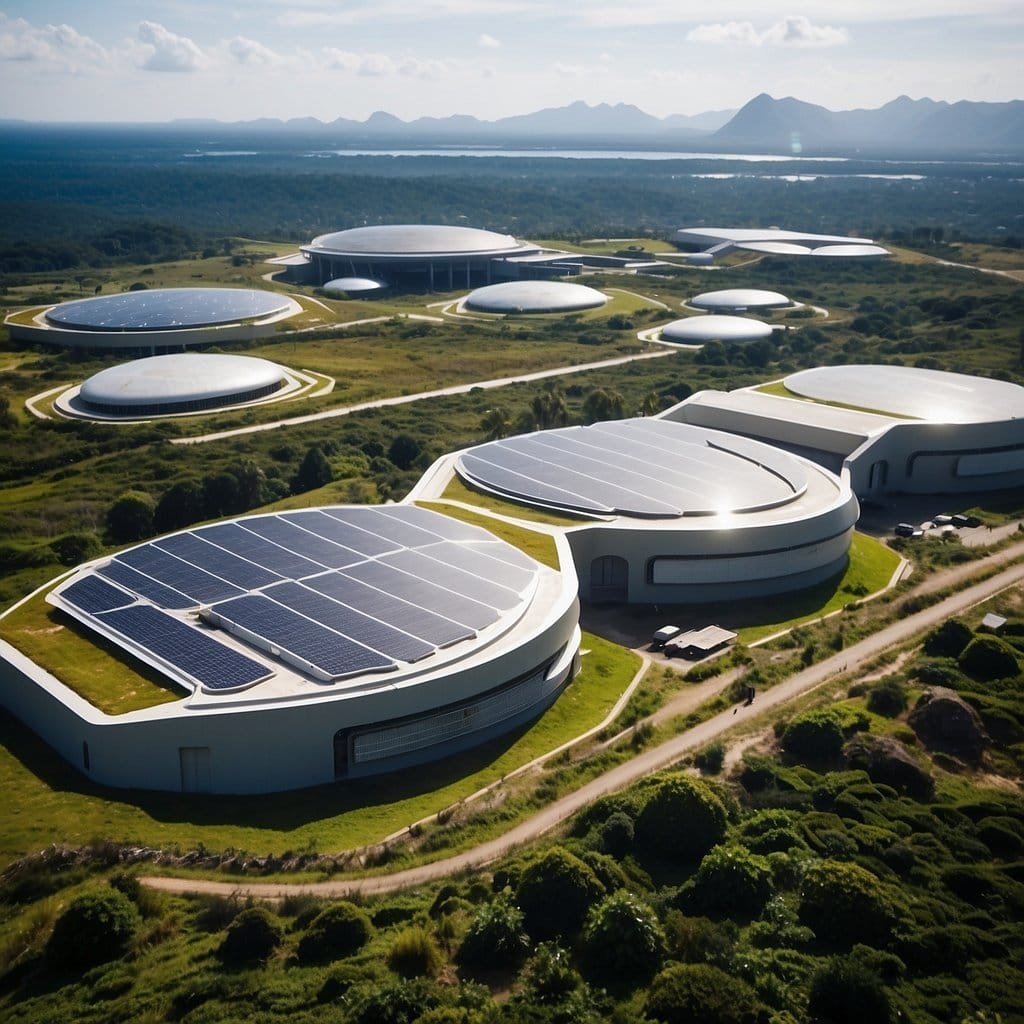Purchasing Power Parity Adjustment

People make different choices about where they choose to live and travel. The exchange rate difference between your home currency and destination currency can seriously impact your travel experience, often in surprising ways.
When you travel to a "cheaper" country, the difference in relative prices can be quite eye-opening. For example, when the Japanese Yen is historically weak, a lunch in downtown Tokyo can cost less than a brunch in Sydney. Yet if the Japanese Yen strengthened significantly, that situation could reverse very quickly. In May 2023, when 1 USD equaled about 138 JPY, a 2000 JPY lunch in Tokyo would cost about $14.50. If the Yen strengthened to 100 JPY per USD, that same lunch would suddenly cost $20 - potentially more than that Sydney brunch.
What makes a country "cheaper"? On some level, it's about relative prices being lower. But it's also about the overall cost structure and economic conditions. Even very expensive cities can have quite reasonable experiences and dining options due to unique local factors. These differences are what flow into adjustments made when comparing the GDP of one country to another.
The Big Mac Index
If you've heard of the Big Mac Index, produced by The Economist, you'll know that the different prices for the same product - a Big Mac burger - can help understand relative valuation differences and cost structures in different countries. This index serves as a simplified illustration of purchasing power parity (PPP).
For instance, in July 2023, while a Big Mac cost $5.36 in the US, it was only $2.85 in Malaysia when converted to USD at market exchange rates. This suggests that the Malaysian ringgit might be undervalued against the US dollar.
Purchasing Power Parity: A Deeper Look
There are a multitude of factors why differences in prices and exchange rates can persist across time. But purchasing power parity is the idea that you can adjust nominal GDP figures by a factor to enable a more normalized comparison of the capacity of different economies.
The basic formula for PPP exchange rate is:
PPP rate = Price of basket of goods in Country A / Price of the same basket in Country B
When you perform a purchasing power parity adjustment, countries that have a higher nominal GDP might be observed to fall down the rankings. Countries that have a much lower nominal GDP might be observed to rise up the rankings. Counter-intuitive findings when you adjust for population can also be arrived at.
For example, some very rich countries on a per capita basis have such high costs that, relatively speaking, some people might be better off earning less in a country that's richer on a PPP-adjusted basis. Luxembourg, with one of the highest nominal GDPs per capita ($118,001 in 2021), has a slightly higher PPP-adjusted figure ($120,443) due to high local prices. Conversely, India's nominal GDP per capita of $2,256 rises to $7,333 when PPP-adjusted, reflecting lower local prices.
Implications from PPP Adjustment
On one level, PPP adjustment and the persistence of over-valuation and under-valuation of different currencies is an interesting set of economic facts. On another level, these differences in cost of living and quality of life across countries have material implications for the decisions that households and firms choose to make.
If you had an option to move to a "cheaper" country and maintain your G10 currency compensation, your quality of life could relatively improve. A lot of digital nomad and freelancing migration can be explained by this phenomenon. A freelance designer might charge clients in US Dollars and spend in Thai Baht or Indonesian Rupiah, effectively increasing their purchasing power.
For businesses, if you had an option to outsource a process to a place with lower labor costs, you could increase your firm's profitability both by taking advantage of the cheaper costs and by benefiting from the weaker currency.
Why PPP Adjustments Matter
Purchasing power parity adjustments matter because they make comparisons across countries more meaningful. They align with the lived experience of people who have traveled and observed how different cost structures work in other countries.
Many of these observations are completely in line with what you'd expect if you understood how relative differences in currencies can persist over time. They're also fascinating to consider when choosing your next travel destination or making international career moves.
Purchasing power parity adjustment is an important concept in economics. However, it's interesting how much financial news still focuses on nominal data. While nominal figures are clearly important, the insights gained from PPP adjustments can provide a more nuanced understanding of global economic conditions.
For instance, while the US remains the largest economy in nominal terms, China is the largest when measured by PPP, according to the International Monetary Fund's 2023 data. This shift in perspective can have significant implications for how we understand global economic dynamics.
Conclusion
Understanding purchasing power parity offers a richer, more nuanced view of global economics. It explains why your money might stretch further in some countries, why businesses make certain outsourcing decisions, and why economic rankings can shift dramatically when viewed through a PPP lens.
Whether you're planning your next vacation, considering an international job offer, or just trying to make sense of global economic news, keeping PPP in mind can provide valuable insights. In the complex world of international economics, remember: the true value of your money isn't just about the exchange rate - it's about what that money can buy.

